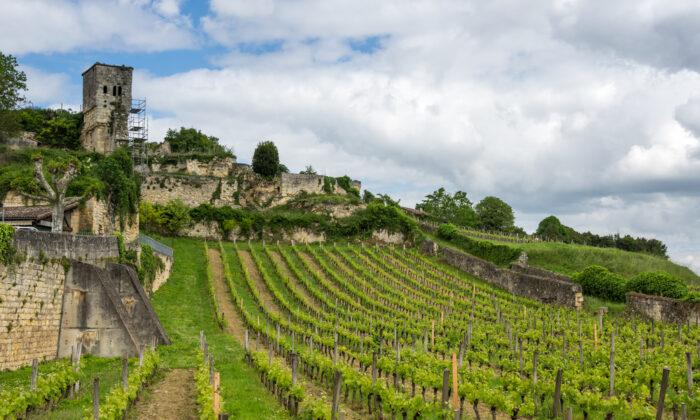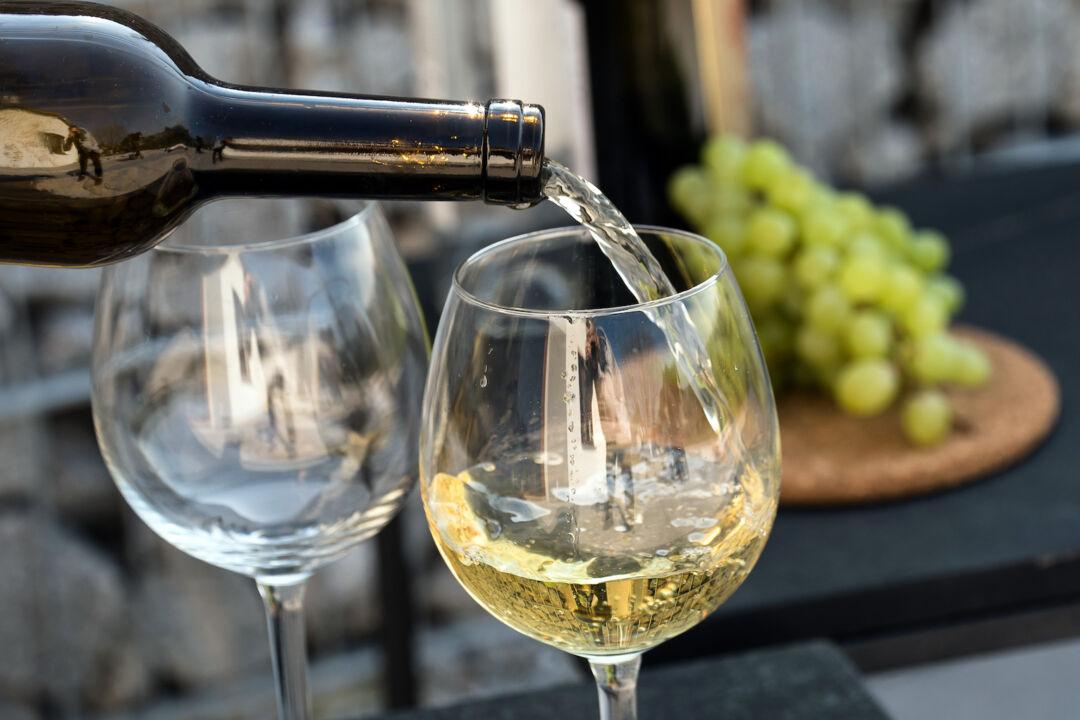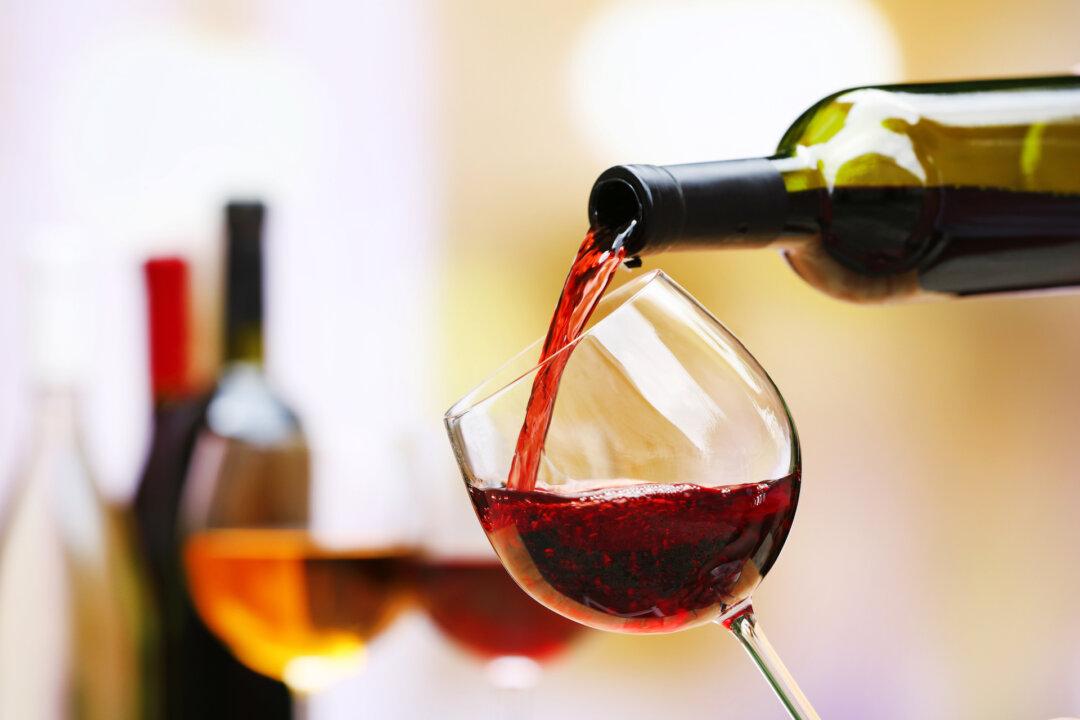I like many red wines that use merlot as their sole or dominant grape, especially when the merlot is grown in a cooler climate and has some of its natural varietal aroma characteristics.
That is a little less likely these days with so many acres of the grape being planted in warmer regions, where its personality can be muted and where its acidity is often insufficient to allow it to work with food.
I understand how approachable and easy to quaff merlot can be when it’s made in an early drinking style. For that reason, there’s an awful lot of this kind of wine being produced around the world, including malbec, zinfandel, and even cabernet.
And to be sure, merlot (mare-low) is an attractive red wine grape that’s planted in many parts of the world. It emanates from Bordeaux where it is one of the most vital additions to the wines of St.-Emilion and Pomerol. And it is the heart of Chateau Petrus and Masseto, two of the world’s most famous wines.
Unlike cabernet, with its notorious astringency, merlot makes a lower-tannin red wine that’s often more charming than cabernet sauvignon.
Merlot is best planted in poor soils. Rich, fertile soils can give it too strong of an herbal character. And merlot is usually picked earlier than cabernet, which allows it to avoid rains that could deteriorate the clusters.
As previously noted, Merlot prefers a cooler or even cold area. As such, it is fine for places such as Washington state’s Columbia Valley, the southern reaches of Napa and Sonoma (Carneros), New Zealand (!), California’s Central Coast, and even southern Tuscany (Bolgheri).
In recent decades, merlot has made a major impact around the world, mainly since it is seen as a benefit when added to cabernet sauvignon. It is often seen as a lower-tannin version of cabernet.
In the mid-2000s, it was disparaged and the butt of jokes, but it can be a brilliant alternative red.
In France’s Pomerol, St.-Emilion, and in Washington, it can deliver wines of depth and faint herbal notes (black olives, green tea) that remind me of classic claret.
Many California wine companies have made an amorphous, non-varietal kind of merlot with more oak (often from oak chips). Such broad-market wines usually are made to be softer, simpler, and not very much like merlot.
However, when it is produced from grapes grown in a cooler region, especially when the acidity is allowed to remain relatively high, merlot can take on interesting flavor profiles.
Quality warmer versions can age for approximately five to seven years, but classic examples such as the aforementioned Petrus can live for decades. But because it was so badly disparaged 20 years ago, much of that bad reputation has remained. As a result, few people age Merlot.
Wine of the Week
2019 J. Lohr Merlot, Paso Robles “Los Osos” ($16): An aroma of black cherry, plum, and subtle green tea spice and a solid acid base make this warmer-climate merlot an excellent and reasonably priced version of this varietal.





